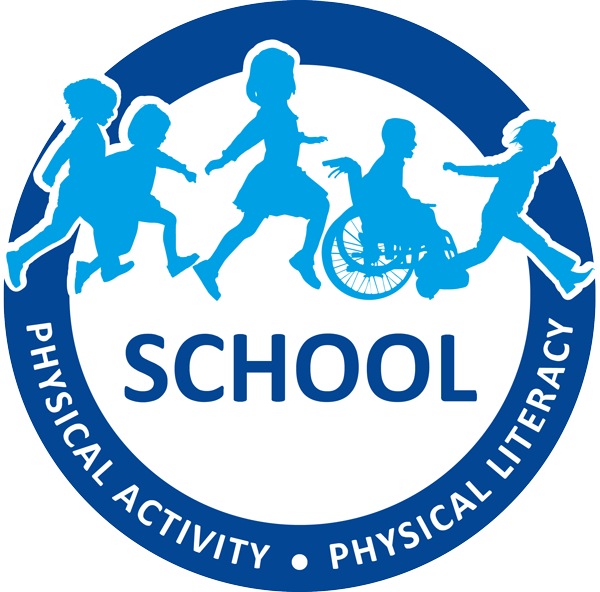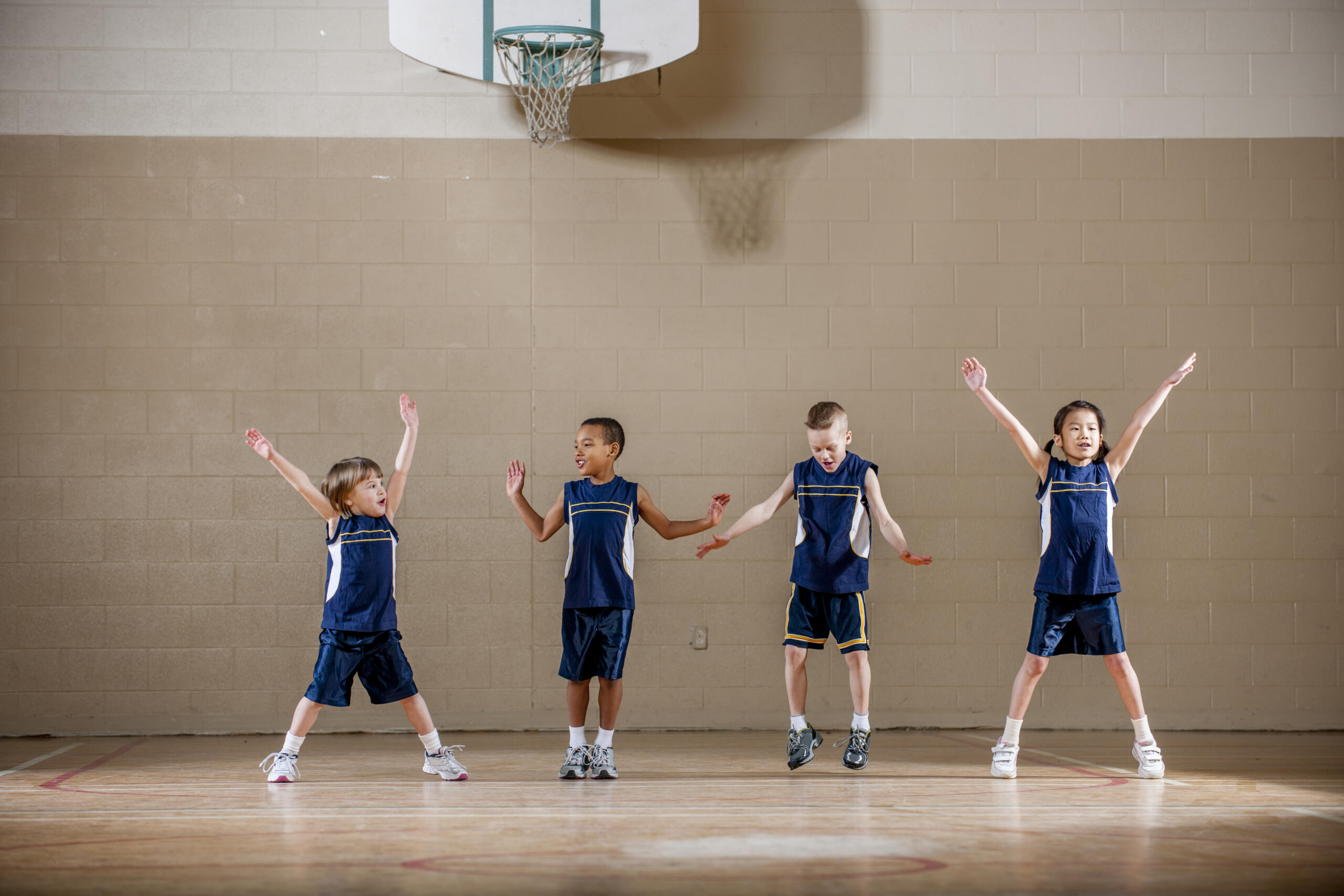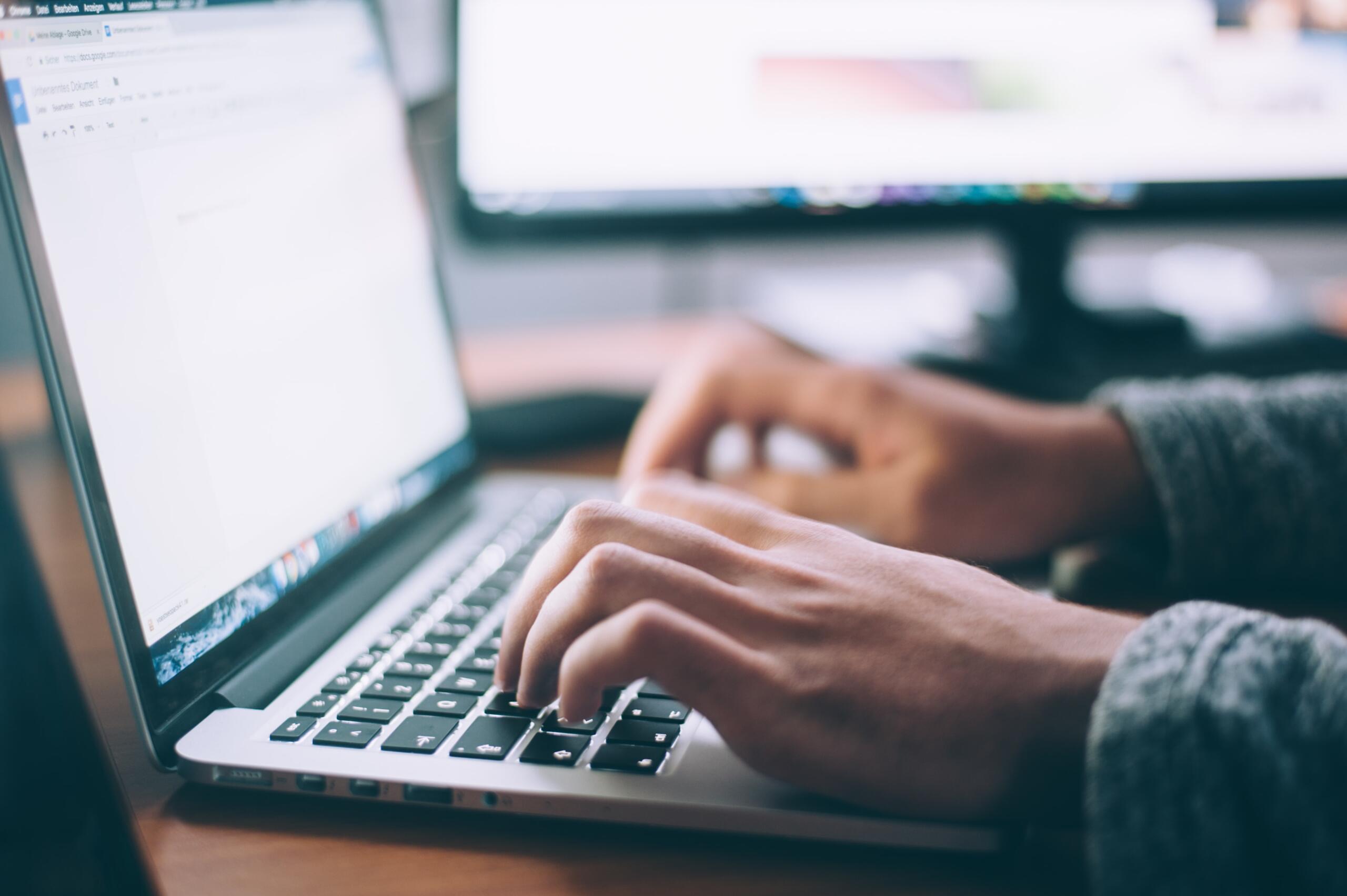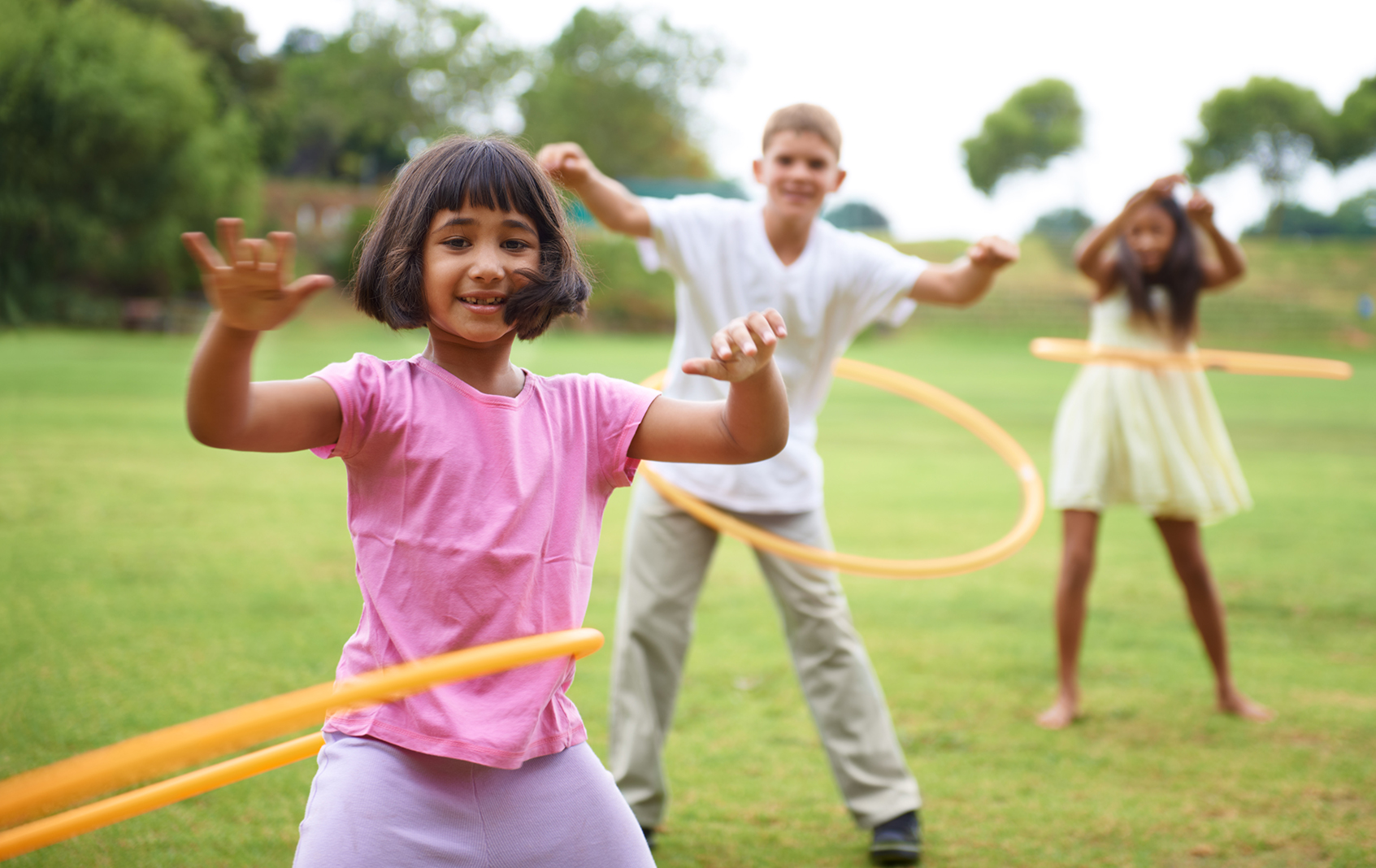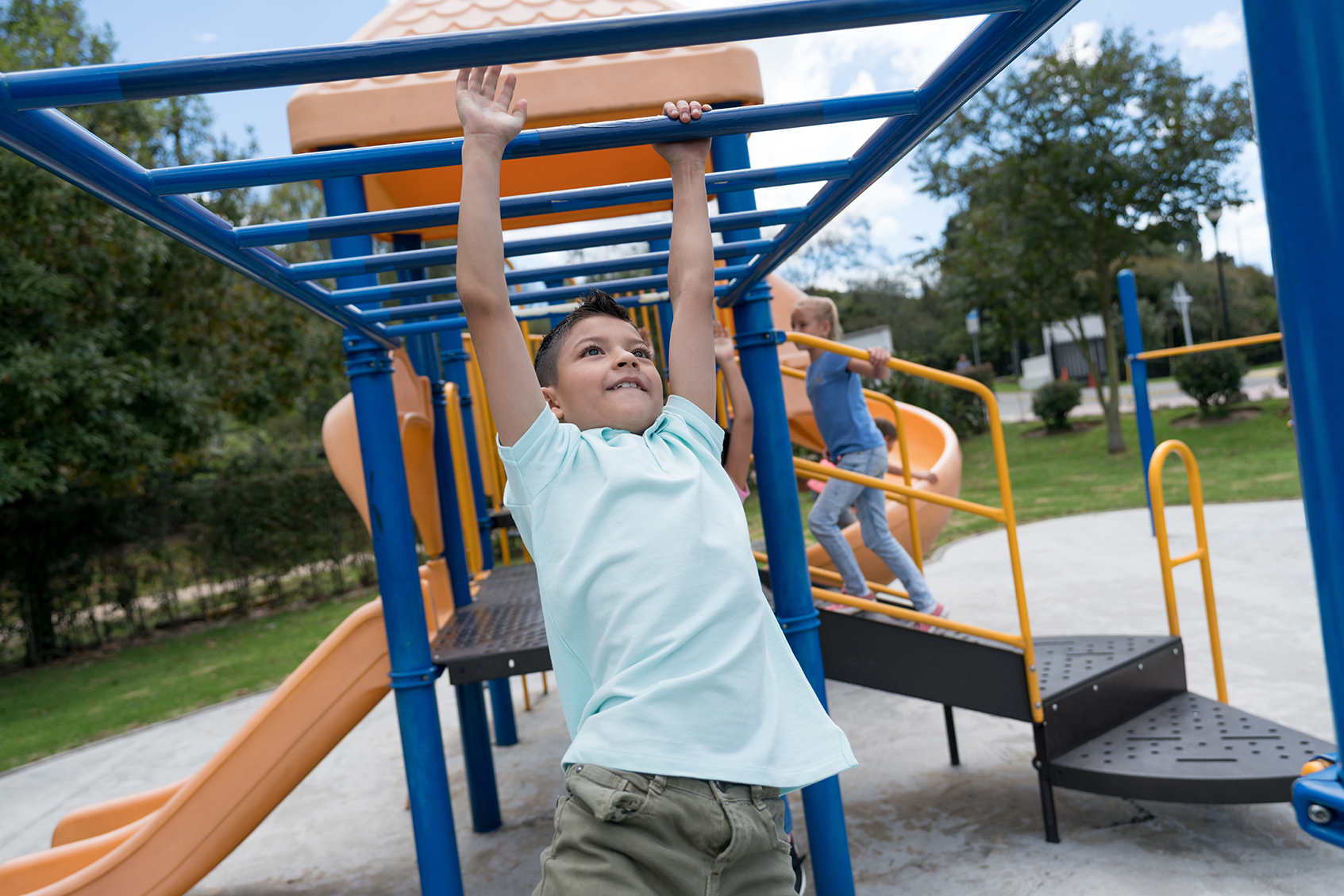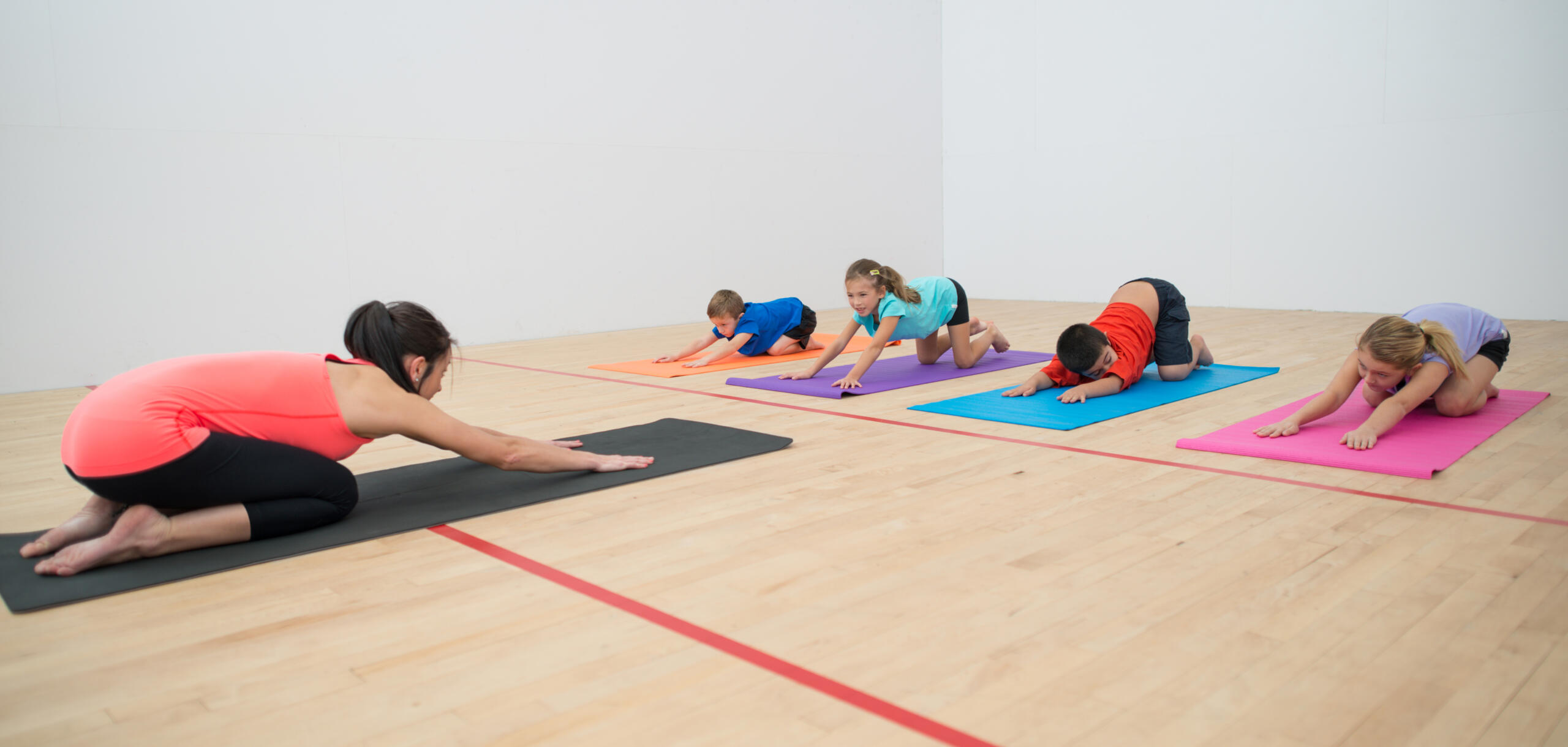The start of the school year is a chance to revisit your lesson plans and activities, and bring something new to the table for your students! For the 2021/22 school year, maybe you are revisiting the fun ways you engage with the B.C. Physical and Health Education (PHE) Curriculum, to promote physical activity and physical literacy in your classroom, and looking for some new ideas.
PLAYBuilder is a free tool and digital learning resource that provides educators with 700+ games and 100+ lesson plans for Grades K-7, aligned with the PHE curriculum – perfect for finding those new games and activities your students will enjoy that meet curricular goals.
And in terms of learning how to use PLAYBuilder, we’ve got you covered!
On September 28 from 15:30 to 16:30 PT, join the School Physical Activity and Physical Literacy project’s PLAYBuilder team for the webinar “PLAYBuilder Basics”.
In this one-hour webinar, learn how to register and access PLAYBuilder, and save and organize games, activities and lesson plans in your account. And, hear from an educator and PLAYBuilder team member about how they use the platform.
Sign up for PLAYBuilder beforehand at to take a peek at its activities and lesson plans. Then, connect with our team at the webinar so they can answer any of your questions.
This webinar will be presented by Billie Tes and Joe Flavel:
- Billie is the Senior Coordinator of Digital Services for Sport for Life. She oversees the creation, implementation and progression of Sport for Life digital services, including the School Physical Activity and Physical Literacy project’s PLAYBuilder platform for B.C. K-7 educators.
- Joe Flavel is graduate of the University of Alberta, and has been a high school physical education teacher for 17 years. He is currently working toward a master’s degree in Athletic Administration. Joe is a learning facilitator with the School Physical Activity and Physical Literacy project, providing workshop facilitation and PLAYBuilder support to B.C. educators.
This webinar will be held virtually on Zoom Webinar. It will also be recorded, and made available on the School Physical Activity and Physical Literacy project website following the presentation.
